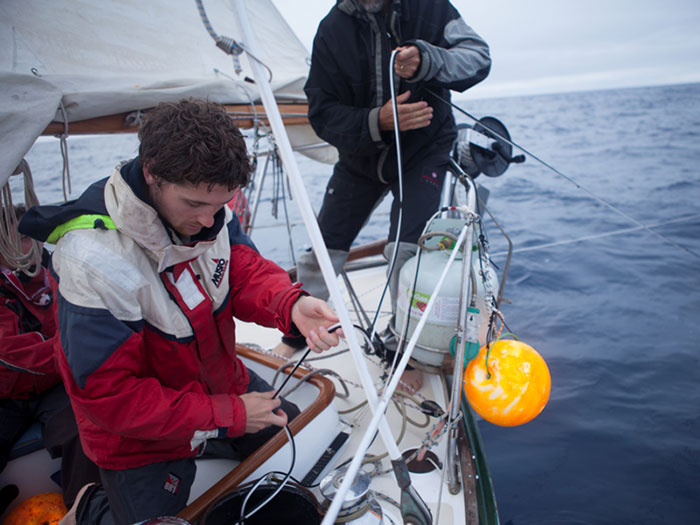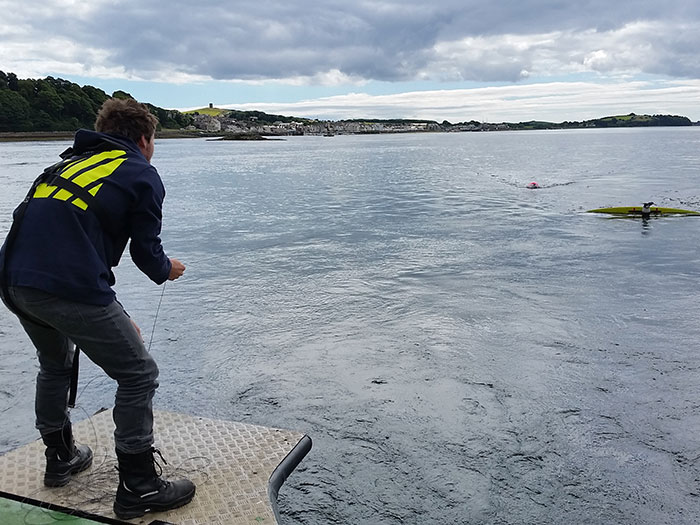Passive Acoustic Monitoring (PAM) provides accurate and detailed information on the presence and behaviour of marine mammals, fish and invertebrates. It can even provide detailed information on the overall health of marine ecosystems. If you want to study life underwater, then PAM can get you closer.
PAM is a valuable tool in marine science research. Our scientists can support clients with the right combination of Acoustic Monitoring systems to gather and interpret the data, as well as comprehensive data analyses.
Our PAM systems have been deployed across the world, from the Yangtze River to the High Canadian Arctic, from Northern Australia to Northern Ireland. We have worked in all main environments on Earth, from the tropics to the poles and deep ocean: making us adept at monitoring any underwater environment.
Clients can choose the duration of specific Passive Acoustic Monitoring projects, or we can design PAM programmes for them. Whether they require a short-term study or going for the long haul: we can design, implement, and service a system that will provide the insights they need.
Track, monitor and explore the life of marine mammals across oceans. Our PAM systems can locate and track a source on compact or large-scale arrays. Follow echolocating dolphins or baleen whales using multi-element hydrophone arrays to triangulate signals and obtain the source’s location and movement.
Explore the impact of anthropogenic noise on underwater life. Our PAM systems make it easy to monitor anthropogenic noise and understand its impact on hearing, masking and behavioural changes.
Our Passive Acoustic Monitoring service includes:
We use state of the art analyses to process the tens to hundreds of terabytes (TB) of data that PAM produces. Our intelligent analysis systems for automated signal detections and soundscape processing incorporate parallel processing and GPU arrays for accelerated results. So, our clients can focus on their science, faster.


Phone: +64 9 308 9015 | Email: info@stylesgroupacoustics.com
Head Office: Saatchi & Saatchi Building, 125 The Strand, Parnell, Auckland 1010, New Zealand
© 2022 Styles Group Limited. All Rights Reserved.
Phone: +64 9 308 9015
Email: info@stylesgroup.co.nz
Head Office: Saatchi & Saatchi Building, 125 The Strand, Parnell, Auckland 1010, New Zealand
© 2022 Styles Group Limited. All Rights Reserved.